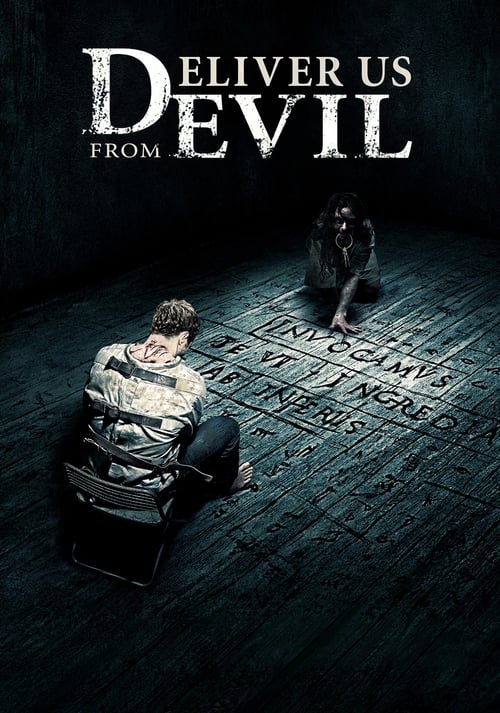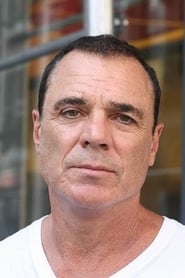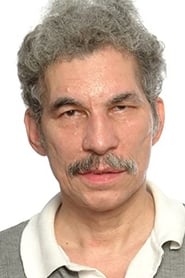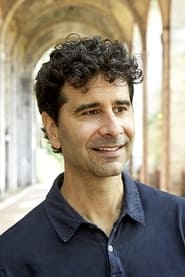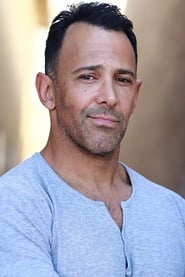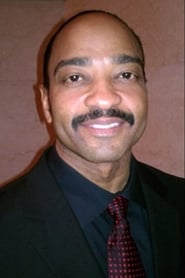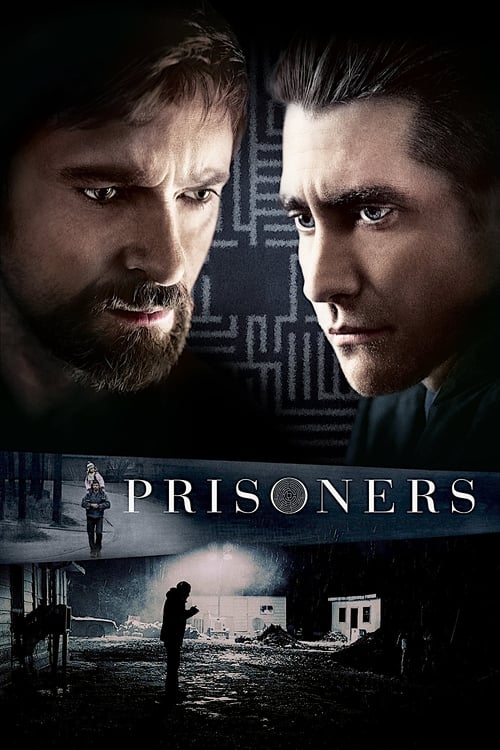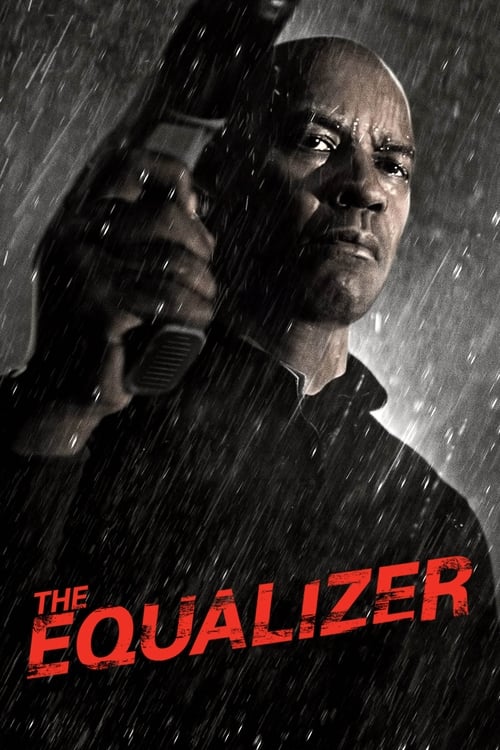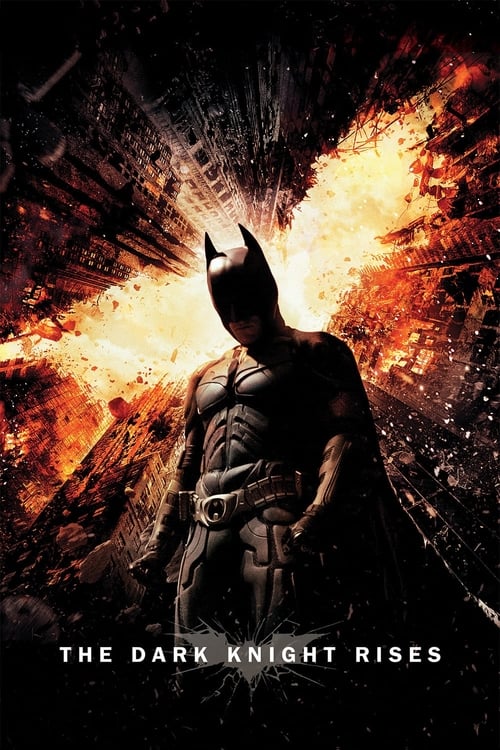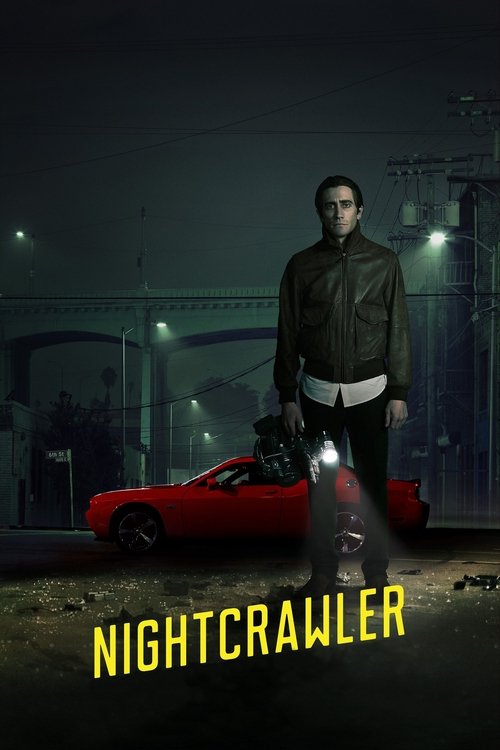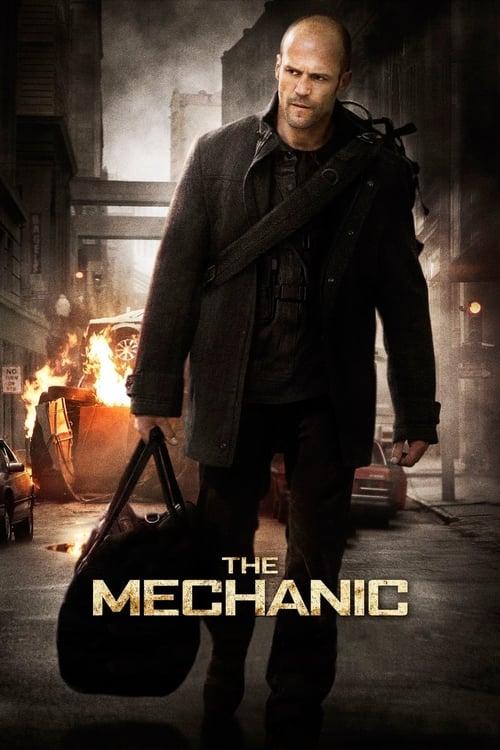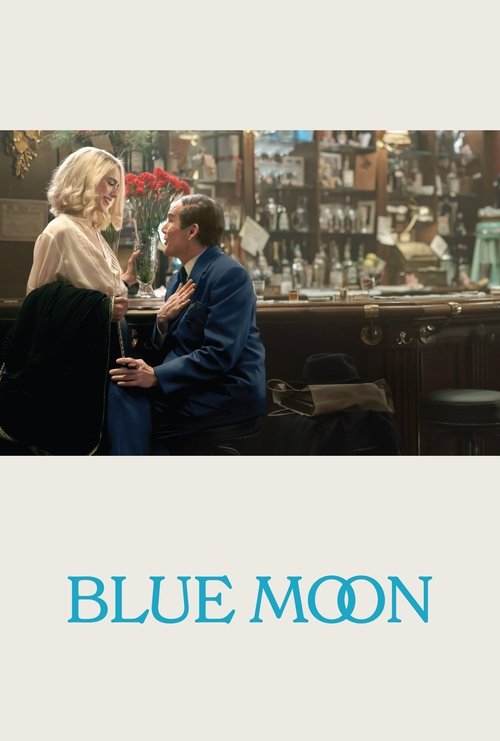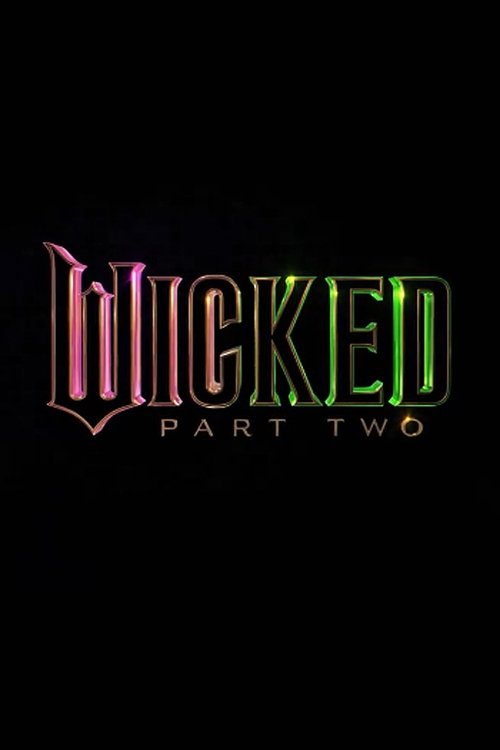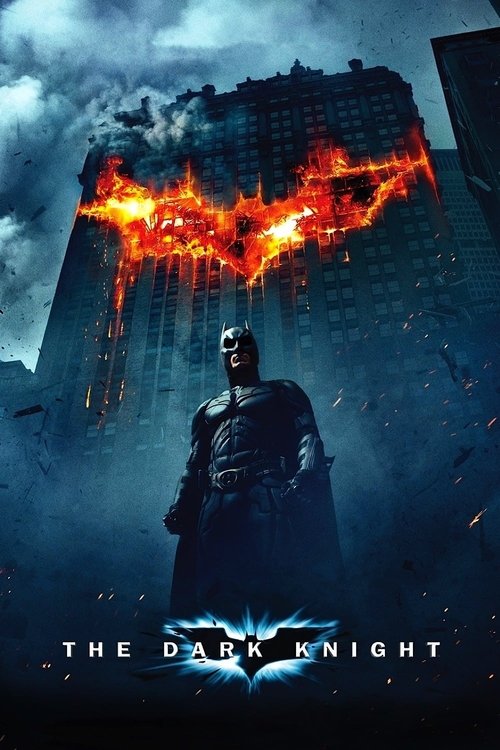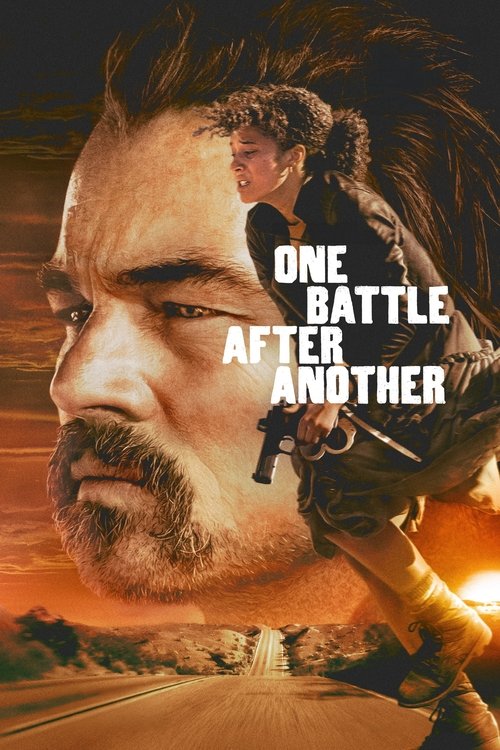
Ask Your Own Question
What is the plot?
The film Deliver Us from Evil (2014) opens in the harsh desert of Iraq during 2010, under the cover of night. A four-man Marine team is engaged in a fierce firefight. Suddenly, one Marine is shot in the head, his body collapsing to the sand. The remaining three Marines press forward, pushing through a tree line as darkness envelops them. A flare bursts into the sky, illuminating the eerie scene. They spot nocturnal creatures and glimpse hostile figures fleeing ahead. The Marines pursue, one tossing a grenade that incapacitates the enemies. As they assess the aftermath, a Marine's flashlight reveals an unexpected open stairwell descending underground. Two Marines cautiously descend with their lights and a bodycam activated by Private First Class Jimmy Tratner. The foul stench of decay and something unnatural fills the air. Abruptly, their lights and the bodycam flicker out, plunging them into darkness. Screams echo in the void, chilling and inhuman, signaling a supernatural assault that leaves the fate of the Marines ambiguous and sets a terrifying tone for what is to come.
The narrative then shifts three years forward to 2013 in the gritty streets of the Bronx, New York. NYPD Special Operations Sergeant Ralph Sarchie, a hardened cop with a reputation for confronting the darkest aspects of humanity, patrols alongside his partner, Butler. Their routine is shattered when a domestic disturbance call crackles over the radio. Arriving at the address, they find former Marine Jimmy Tratner's apartment in chaos. Jimmy's wife lies battered, her face swollen and bruised, while deep, unnatural scratches mar the floorboards. Jimmy flees the scene in a panic, but Sarchie pursues and arrests him. The officers initially suspect mental illness or drug use, unaware of the sinister forces at play.
Sarchie's investigations soon reveal a pattern of inexplicable violence and supernatural phenomena. At the precinct, he meets Father Joe Mendoza, a Jesuit priest and experienced exorcist who has encountered similar dark forces. Mendoza explains to Sarchie that there are two types of evil: "Secondary evil, the evil that men do. And primary evil, which is something else entirely." This revelation challenges Sarchie's skepticism and forces him to confront the possibility that something beyond human cruelty is at work.
The cases grow darker and more personal. Sarchie and Butler investigate a woman named Jane, whose disturbing behavior culminates in a harrowing scene at the Bronx Zoo. Jane throws her son into the lion's den, an act that shocks Sarchie and his partner. While investigating, Sarchie encounters a hooded figure painting over archaic Latin symbols on a wall inside the lion enclosure. Suddenly, the lions are released, and Sarchie finds himself trapped in the den, the beasts circling ominously, as if the hooded figure intends him harm. This encounter deepens the mystery and heightens the stakes.
Returning to the ongoing investigation, Sarchie learns that three U.S. Marines who served in Iraq and returned deeply changed are connected to the supernatural events. Two of these Marines turn up dead under mysterious circumstances, and the third, Jimmy Tratner, becomes a violent threat when possessed by a demon. In a tense confrontation in the basement of an apartment building, Jimmy, overtaken by the demon, attacks Sarchie. Father Mendoza arrives just in time, brandishing a cross that subdues the possessed Marine. This scene is charged with palpable tension as the priest's faith and Sarchie's courage combine to confront the darkness directly.
But the danger escalates sharply when Sarchie and Butler track the main antagonist, a man named Santino, who is possessed by a powerful demon. They arrive at Santino's apartment to find it empty, but the hunt quickly turns deadly. During the pursuit, Butler becomes trapped on the stairs. Santino, in a brutal and chilling moment, stabs Butler to death, his knife flashing in the dim stairwell light as Butler falls, lifeless. Sarchie witnesses his partner's murder and is devastated but pressed to continue the fight.
Back at Father Mendoza's apartment, grief and guilt weigh heavily on Sarchie. Mendoza urges him to confess his sins, explaining that spiritual absolution is necessary to combat the evil they face. Sarchie admits to having killed a man out of revenge, a confession that brings a moment of emotional release and spiritual clarity. Mendoza absolves him, reinforcing the theme that faith and repentance are weapons against darkness.
The terror reaches a climax when Santino kidnaps Sarchie's wife, Jen, and their daughter. Santino coldly uses Jen's phone to taunt Sarchie, calling him and revealing the abduction. Sarchie races home, heart pounding, adrenaline surging, desperate to save his family. Upon arrival, he calls for backup, but the confrontation is imminent and personal. Santino is arrested, but the evil within him is far from defeated.
Sarchie and Mendoza prepare for a grueling exorcism, the final battle against the demon possessing Santino. The ritual unfolds in a claustrophobic apartment, thick with tension and dread. The exorcism is physically and mentally exhausting, pushing both men to their limits. At one point, Sarchie's senses distort; he hears the haunting strains of a Doors song echoing through his mind, a surreal auditory hallucination that underscores the battle's intensity. Sweat beads on their foreheads as Mendoza chants prayers and Sarchie confronts the malevolent force with unwavering resolve. Finally, the demon is expelled in a violent, cathartic release. Sarchie rushes to find his wife and daughter unharmed, their safety a hard-won victory.
The film closes with a reflective epilogue. After the birth of his second daughter, Sarchie retires from the NYPD but continues his partnership with Father Mendoza, dedicating himself to fighting evil beyond the reach of the law. The story leaves viewers with a sense of ongoing struggle, a world where darkness lurks but faith and courage endure.
Throughout Deliver Us from Evil, the narrative weaves together visceral action, chilling supernatural horror, and profound spiritual themes. The deaths of the Marines in Iraq and Butler in New York mark the relentless cost of confronting evil. The possession of Jimmy Tratner and Santino reveal the insidious nature of the demonic threat. Sarchie's journey from skeptic cop to a man of faith, aided by Mendoza's wisdom, forms the emotional core. The film's vivid scenes--from the subterranean darkness in Iraq to the lion's den in the Bronx, the brutal stairwell murder, and the harrowing exorcism--create a tense, immersive experience that culminates in a cathartic, if unsettling, resolution.
What is the ending?
In the ending of "Deliver Us from Evil," Ralph Sarchie confronts the demonic entity that has been tormenting him and his family. With the help of Father Mendoza, he performs an exorcism to save his wife and child. The film concludes with Sarchie coming to terms with his own demons and the realization that he must continue to fight against evil.
As the climax of "Deliver Us from Evil" unfolds, Ralph Sarchie, a New York police officer, finds himself in a desperate situation. The film builds to a tense confrontation in a darkened, abandoned church where the demonic presence has taken hold. Sarchie, having witnessed the horrors of the supernatural throughout the film, is now fully aware of the stakes involved. He is driven by a fierce determination to protect his family, especially after the entity has targeted them.
In the church, Sarchie and Father Mendoza prepare for the exorcism. The atmosphere is thick with tension, the air heavy with the weight of the evil they are about to confront. Sarchie's internal struggle is palpable; he grapples with his own fears and doubts, but he is resolute in his mission. Mendoza, a seasoned priest, provides guidance and support, reminding Sarchie of the power of faith and the importance of confronting darkness.
As they begin the exorcism, the demonic entity manifests in violent and terrifying ways. The church is filled with unsettling sounds, and the walls seem to pulse with malevolence. Sarchie and Mendoza chant prayers, their voices echoing in the cavernous space. The entity fights back, using psychological tactics to instill fear and doubt in Sarchie. It taunts him with visions of his past, dredging up memories of his failures and regrets. Sarchie's emotional state fluctuates between fear, anger, and determination as he battles not only the demon but also his own inner demons.
The confrontation escalates, and the entity reveals its true power, causing physical harm to both Sarchie and Mendoza. The stakes are raised as Sarchie realizes that the safety of his wife and child hangs in the balance. In a moment of clarity, he recalls the love he has for his family, which fuels his resolve. He pushes through the pain and fear, focusing on the light of hope and love that he has for them.
In a climactic moment, Sarchie finds the strength to confront the demon directly. He channels his love for his family into a powerful declaration of faith, which weakens the entity. Mendoza supports him, and together they invoke the name of God, pushing back against the darkness. The entity, realizing it is losing its grip, becomes increasingly frantic and violent.
Finally, with a final surge of strength, Sarchie and Mendoza succeed in expelling the demon from the church. The atmosphere shifts, the oppressive weight of evil dissipating as light floods the space. Sarchie collapses, exhausted but victorious. The church, once a place of darkness, is now filled with a sense of peace.
In the aftermath, Sarchie returns home to his family. The emotional reunion is bittersweet; he is relieved to see them safe but is also haunted by the experiences he has endured. He understands that while the immediate threat has been vanquished, the battle against evil is ongoing. Sarchie's journey has transformed him, and he is now more aware of the darkness that exists in the world and within himself.
The film concludes with Sarchie reflecting on his experiences, acknowledging that he must continue to confront the evil that lurks in the shadows. He has come to terms with his role as a protector, not just of his family but of others as well. The final scenes emphasize the importance of faith, love, and the ongoing struggle against darkness, leaving viewers with a sense of hope amidst the horror.
Is there a post-credit scene?
In the movie "Deliver Us from Evil," there is no post-credit scene. The film concludes with the resolution of the main storyline, focusing on the battle against the demonic forces that have been tormenting the characters throughout the narrative. The ending emphasizes the themes of faith and redemption, leaving the audience with a sense of closure regarding the characters' struggles. As the credits roll, there are no additional scenes or content that extend the story beyond the film's conclusion.
What role does Ralph Sarchie play in the story?
Ralph Sarchie, portrayed by Eric Bana, is a New York City police officer who becomes deeply involved in a series of disturbing and violent incidents that he believes are connected to demonic possession. As he investigates these cases, he grapples with his own skepticism about the supernatural, while also dealing with personal issues, including the strain on his marriage and his relationship with his daughter.
How does the character of Mendoza influence the plot?
Mendoza, played by Édgar Ramírez, is a priest who specializes in exorcisms. He becomes a crucial ally to Ralph Sarchie as they confront the demonic forces at play. Mendoza's deep faith and knowledge of the occult provide Sarchie with insights into the nature of the evil they are facing, and his character serves as a bridge between the spiritual and the physical realms, ultimately guiding Sarchie towards a confrontation with the demonic entity.
What is the significance of the demonic entity in the film?
The demonic entity, which is revealed to be a malevolent force that possesses individuals, serves as the central antagonist of the film. It manifests through various characters, leading to violent and horrific events. The entity's influence is tied to themes of fear, guilt, and the struggle between good and evil, and it ultimately forces Sarchie to confront his own inner demons and the darkness within himself.
How does Sarchie's personal life affect his work as a police officer?
Sarchie's personal life is marked by tension and conflict, particularly in his marriage to his wife, Jen, played by Olivia Munn. His dedication to his job and the traumatic experiences he faces on the force create a rift between them, as Jen struggles to understand the darkness that Sarchie encounters. This personal turmoil adds depth to Sarchie's character, illustrating how his work impacts his emotional state and relationships, ultimately driving him to seek redemption.
What events lead to the climactic confrontation with the demon?
The climactic confrontation with the demon is preceded by a series of escalating violent incidents that Sarchie investigates, including a brutal murder and a series of bizarre occurrences linked to a group of soldiers who encountered the entity in Iraq. As Sarchie and Mendoza piece together the connection between these events, they prepare for a final showdown in a dark and foreboding setting, where Sarchie must confront both the demon and his own fears, culminating in a tense and harrowing exorcism.
Is this family friendly?
"Deliver Us from Evil," produced in 2014, is not considered family-friendly due to its intense themes and graphic content. Here are some potentially objectionable or upsetting aspects that may affect children or sensitive viewers:
-
Graphic Violence: The film contains several scenes of violence, including physical confrontations and disturbing imagery that may be unsettling.
-
Supernatural Elements: The presence of demonic possession and exorcism scenes can be frightening and may evoke fear in younger audiences.
-
Strong Language: The dialogue includes frequent use of profanity, which may not be suitable for children.
-
Themes of Horror: The overall atmosphere is dark and suspenseful, dealing with themes of evil and the supernatural, which can be distressing.
-
Disturbing Imagery: There are moments that depict psychological horror and trauma, which may be upsetting for sensitive viewers.
-
Substance Abuse: The film touches on themes of addiction and its impact on individuals and families, which may be inappropriate for younger audiences.
These elements contribute to a tense and unsettling viewing experience, making it more suitable for mature audiences.
Who dies
In the movie "Deliver Us from Evil," several characters meet tragic fates throughout the story.
The film follows NYPD officer Ralph Sarchie, who is dealing with a series of disturbing and violent incidents that he believes are connected to a demonic presence. As he investigates, he encounters various characters who become entangled in the supernatural events.
One of the most significant deaths is that of a character named Eric Bana, who plays Ralph Sarchie. While he does not die, he faces numerous life-threatening situations and is deeply affected by the events around him.
Another key character is a fellow officer, who is killed during a confrontation with a possessed individual. This moment heightens the stakes for Sarchie and his partner, as they realize the true danger they are facing.
Additionally, the film features a family that becomes a target of the demonic force. The mother, played by Olivia Munn, is put in grave danger, and the emotional turmoil of the family adds to the tension of the narrative.
Ultimately, the film culminates in a climactic confrontation with the demonic entity, leading to intense moments of sacrifice and struggle, but it is the emotional and psychological toll of these events that resonates most deeply with the characters, particularly Sarchie, as he grapples with his own beliefs and the darkness he faces.
The film's exploration of good versus evil, along with the personal sacrifices made by the characters, underscores the gravity of their situations and the impact of the supernatural on their lives.

